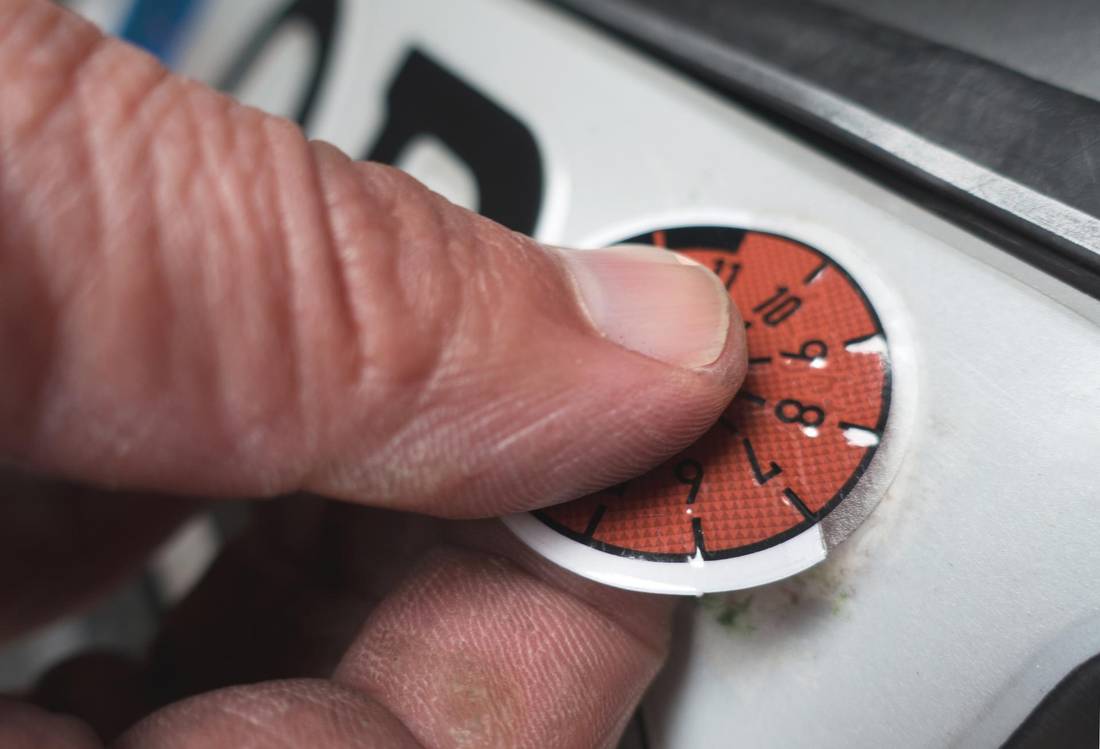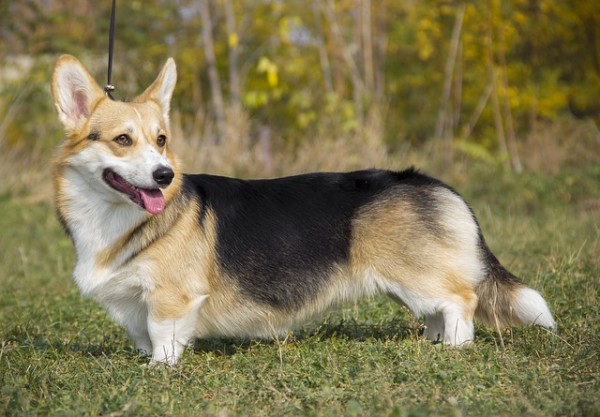Everyone knows that a guide dog is figuratively precious. He ensures the safety, independence and mobility of the blind or partially sighted boss. However, the literal cost of the dog is also an important fact that is unknown by many. Many people suspect that a blind or visually impaired person has to pay for his dog himself. However, this is not true.
- What is included in this price?
- Payment by guide dog user
- How does a Flemish guide dog school collect money?
A graduated guide dog for the blind costs an average of EUR 25,000 in October 2020. This depends from association to association, as well as from dog to dog. Hardly an “exact” amount can be put on it because each dog has a different training duration, may have few or quite some health problems during training, ??
What is included in this price?
- payment or rent of building (s)
- the things that the guide dog user will receive during the joint training
- breeding / buying puppies
- lifelong aftercare of the guide dog user
- wages workers
- medical examinations, castration / sterilization and other veterinary costs
- maintenance kennels
- foster families
- rolling material
- travel costs
- nutrition ?? care
Aftercare
Aftercare means that a guide dog user receives a visit from the instructor every year. Through a conversation and a walk it is checked how and whether the dog still likes to work. The instructor also examines the interaction of the user with the dog and the mutual relationship. Furthermore, the school will make an extra visit if necessary when the living or working conditions of the owner change drastically, or if the dog and / or user has to learn new routes / habits. It goes without saying that a guide dog school is also always available to come by in case of problems or questions. All these visits are also included in the aftercare costs. Aftercare is always done by an instructor, and usually also by the person who trained / delivered the dog. On average, the instructors spend at least half a day per guide dog user on this, but everything depends on the situation.
Personnel costs
Of course also play personnel costs an important role in pricing. Most instructors are paid and have a (long) training (abroad) to train guide dogs. In addition, the guide dog school often also employs other employees to keep the kennels clean, take care of the administration, give mobility lessons to aspiring guide dog users, ??
Payment by guide dog user
Conditions for reimbursement of VAPH
Fortunately, the blind / visually impaired person does not have to pay anything or only a small symbolic amount (such as EUR 1) for his guide dog when he gets his dog from a certified guide dog school. The Cell Authorization for Assistance Dogs, a government organization, issues a title and certificate to a guide dog school that has been recognized (authorized, attested) for this purpose after various examinations. An authorized guide dog school is kind of a quality mark of the school. This has been screened by the Assistance Dog Authorization Unit for various quality criteria. The Flemish Agency for Persons with a Disability (VAPH), another government organization, approves the application for a guide dog for the blind. They only do this for a guide dog that has been trained by an authorized guide dog school. In October 2020, the VAPH will pay EUR 13,169.49 to the guide dog school for:
- a guide dog for the blind who has been trained by an authorized guide dog school
- a guide dog user who has received an approved application from the VAPH
- a guide dog who of course made it to the finish line.
No compensation from VAPH
In concrete terms, it means that the guide dog school does not receive compensation for:
- people who have become blind / visually impaired after their 65th birthday can no longer make a claim at the VAPH, but they CAN get a guide dog at a guide dog school, but the school does not receive any money for this from the government (the VAPH).
- dogs that are rejected during their training course (sometimes these are almost 2 years old and so there has been work / energy and money in such a dog for almost 2 years).
The VAPH also does not pay compensation to a guide dog for the blind that has been trained by an unauthorized guide dog school. It is therefore recommended to always check whether this school is authorized before applying for a guide dog. Not only may the visually handicapped person in principle not be allowed to enter a shop or be refused entry to a restaurant, but in many cases he must also pay a large part or the full amount of the training to the guide dog school himself.
How does a Flemish guide dog school collect money?
With a recognized guide dog school, it is certainly not the intention that a blind or visually impaired person will gather money to pay for his guide dog. This is the task of the guide dog school. Obviously, a (prospective) guide dog user can initiate a campaign to bring in money. The Flemish guide dog school can reach the budget in various ways to train a guide dog, for example through a sales and information booth at fairs, events, etc., but also food parties, walks and the well-known cap campaign can be of great significance for the guide dog school . The Belgian Center for Guide Dogs vzw from Tongeren started this campaign in 2005 (www.dopjesactie.be and www.gidinehond.be); Friends of the Blind from Koksijde has now also started this action: http://visjesderblinden.be/category/vasten/dopjesactie/. The guide dog school can also continue its activities through bequests and donations from private individuals and companies.




















